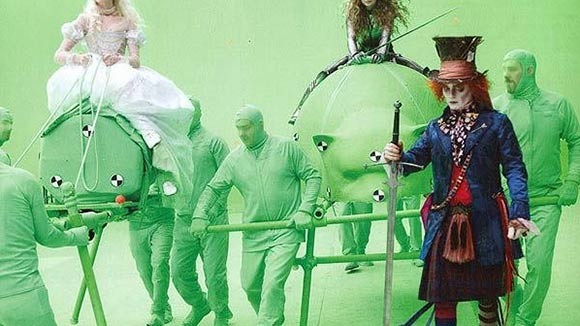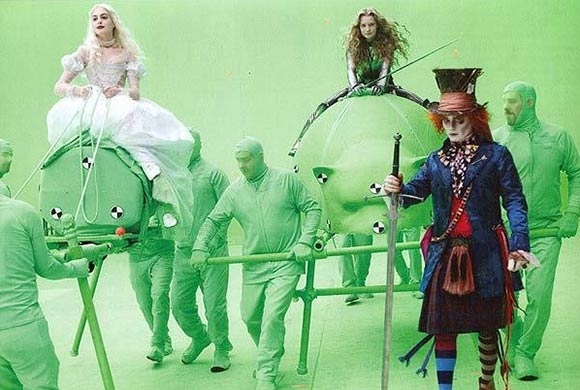

California Expands VFX Subsidies in Futile Attempt to Win Back Work

The state of California recently expanded its tax credit program for film and TV productions, according to the Wall Street Journal:
The new legislation, which more than triples the state’s current program to an annual $330 million in incentives over five years, was signed by Democratic Gov. Jerry Brown last month and goes into effect in 2015. Part of that annual allotment will go toward tax credits for visual-effects work, now covering 25% of eligible expenditures in the field, up from 20% under the old program.
In California, films that cost over $75 million, basically every VFX-driven Hollywood film, were previously ineligible for the state’s tax incentive program, but beginning next year, the law will accommodate films of any budget. However, the tax credit will be applicable to only the first $100 million of any production’s budget.
According to some studies, tax breaks for movie studios have proven economically ineffective in states like Louisiana, North Carolina, and Massachusetts. “Our economists tell us it’s the worst return on investment of any of the tax-credit programs,” North Carolina politican Paul “Skip” Stam told the LA Times. That same Times pieces suggests that even within California, some government officials claim that the film tax credits generate a negative return on investment.
Ultimately these new California tax credits won’t do anything to stop runaway VFX productions and that’s because the credits don’t address the elephant in the room, which is that there’s nothing unique about the visual effects work done in California. Visual effects companies in the U.K., New Zealand, and Canada can do everything—and more—that is accomplished by California firms, and even if you argue they can’t, the foreign studios routinely create visual effects-laden live-action blockbusters that generate hundreds of millions dollars for entertainment conglomerates. Of course, Hollywood will advantage of California’s new tax credits (they’d be stupid not to take free money from taxpayers!), but it won’t do anything to stem the slow bleed of VFX work out of California.
While computer graphics and visual effects may have once been a California specialty, the largely technical nature of the accomplishment made its replication by foreign studios a foregone conclusion. That’s different from the feature animation industry, which is a more balanced marriage of technical and creative artistry. In the nearly 80-year-history of feature animation, no foreign studio has been able to consistently package globally-successful animated films with the winning formula used by American studios. If the state of California wanted to bolster any part of its film industry, it would have done better to double down on feature animation where it remains the clear and undisputed global leader.

.png)